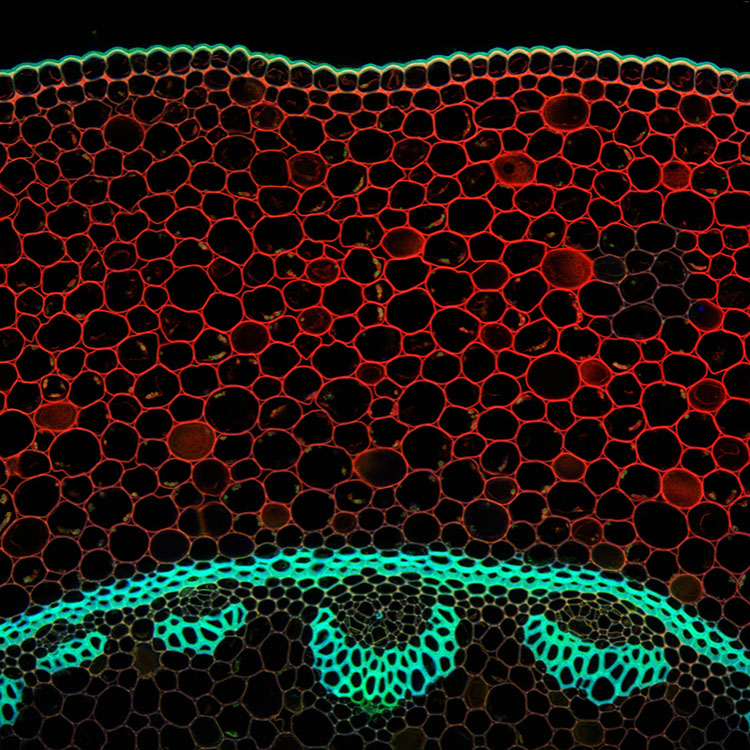By Frida Köning and Dr. Julien Huen, ttz Bremerhaven
Among the analytical possibilities available for characterizing food products, microscopy is only seldomly used by industrial companies. This is a pity! Microscopy allows fascinating insights into the inner structure of foods, helping to understand the mechanisms that contribute to product quality.
Why microstructure is important
Food products represent a complex mixture of proteins, carbohydrates, fats, water and micronutrients, sometimes also gases and microorganisms. In most cases, these constituents are not evenly and homogenously distributed, but form structures in space. These structures may originate from the raw materials, like starch granules that can be found in wheat grains, wheat flours and wheat dough (figures 3, 4, 5 and 6), or be created by processing like gluten network in wheat dough or fat layers in puff pastry (figure 6).






